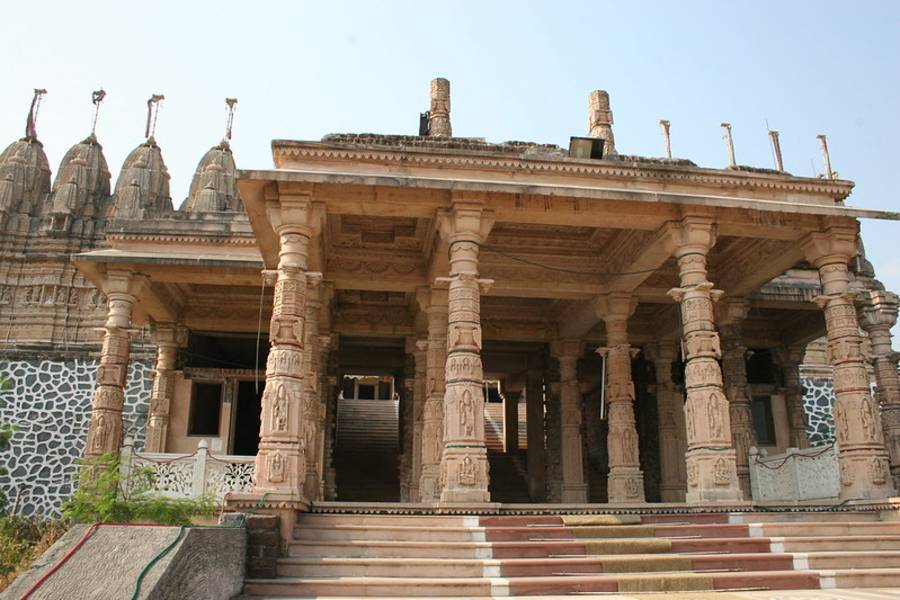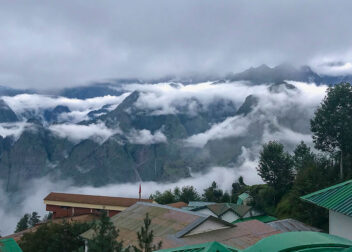Buddhist Temples
What do the Buddhist Temples signify?
Buddhist Temples: Since time immemorial, India has been an epicenter of spiritual knowledge. The country takes great pride in being the birthplace of numerous masters, saints, mentors, and sages. ‘Buddha’ comes from the Sanskrit word ‘Bodh’ meaning knowledge. And Buddha means ‘ one who has attained all knowledge. One should gain knowledge in order to achieve peace and happiness throughout one’s life. There are four chief Buddhist pilgrimage destinations in India.
Which are the major sites of Buddhist Temples?
1. Bodhgaya, Bihar (13 km from Gaya, 90 km south of Patna)

Bodhgaya is the place where Prince Gautama attained enlightenment, thus becoming known as Lord Budha. This is one of the four holiest pilgrimage sites of the Buddhists. There have been built a number of temples and monasteries by Buddhists from all around the globe. Myriad of devotees and visitors arrive here to gain an insight into the teachings of Lord Buddha.
2. Lumbini, Nepal-India Border

Lumbini is the place where Lord Buddha was born in 623 BC. It is located in the foothills of the Churiya range and is held in high esteem by the Buddhists from all around. Hordes of Buddhists, as well as visitors, arrive here to pay their homage to this significant site.
3. Nalanda, Bihar
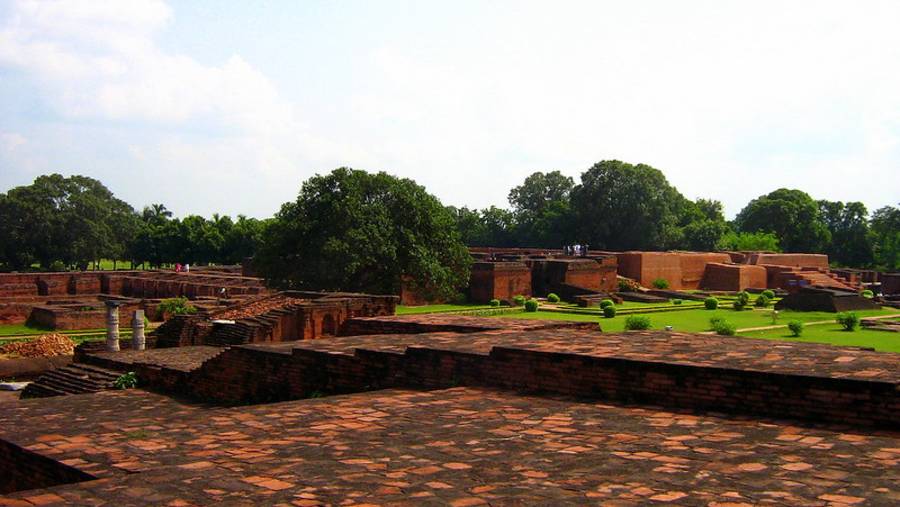
Nalanda is one of the oldest centers of learning in the world. This is the place where Lord Buddha and Lord Mahavira stayed and conveyed their messages to the people. The remains of 11 monasteries and a number of Chaityas have been excavated to bring to the world the miracles of the past.
4. Vaishali, Bihar
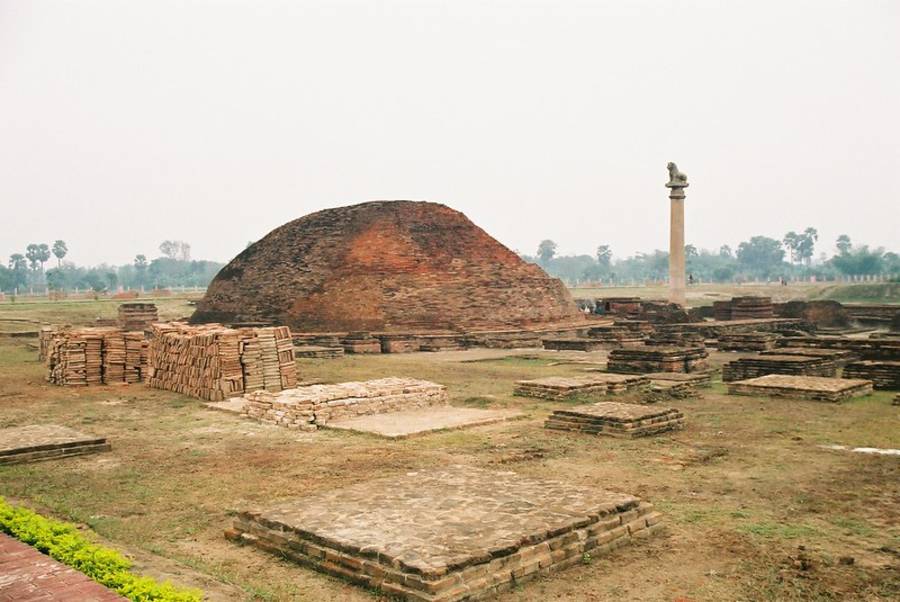
Vaishali was the erstwhile resort of Lord Budhha. He spent a considerable amount of time here. It is the very place where Buddha has his famous encounter with the prostitute Ambapali.
5. Rajgir, Bihar
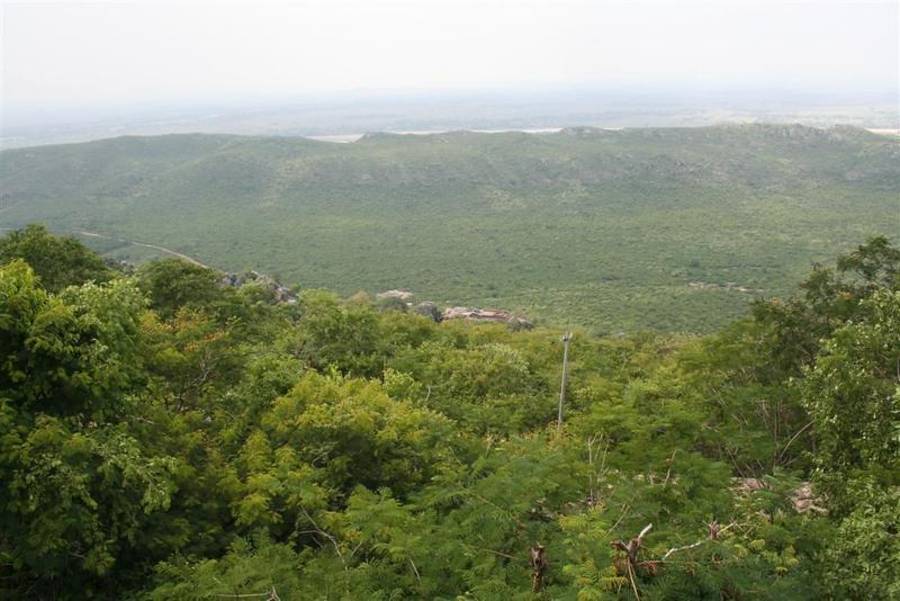
Rajgir is a highly revered place for both the Buddhists and the Jains. Here also lies the Saptaparni Cave where the first Buddhist council was held. The Venuvara, a bamboo grove, is the site where Lord Buddha used to meditate. The Jivakamanana monastery is another attraction of the place.
Which are the chief Buddhist Temples and Monasteries?
6. Ajanta and Ellora Caves, Maharashtra
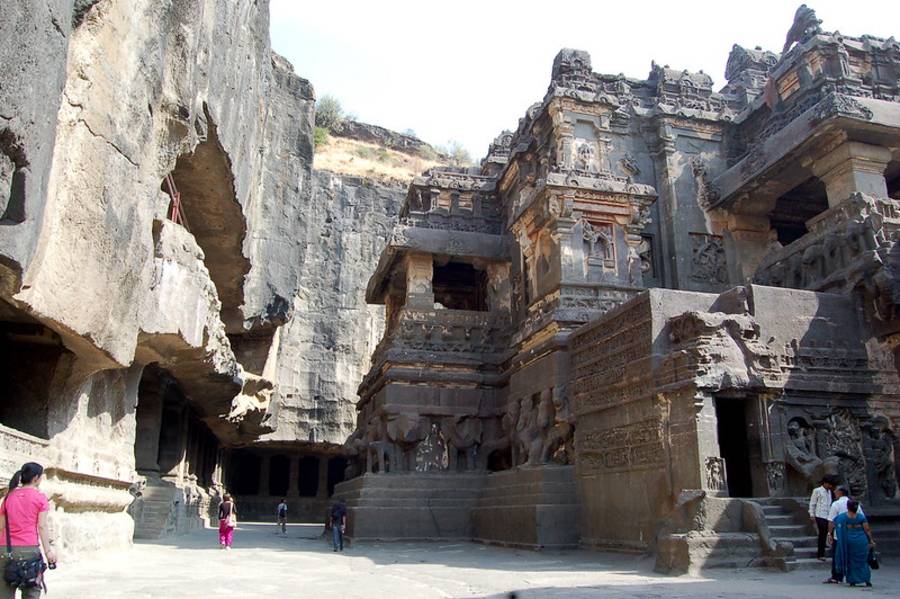
skillfully hewn out of the rock, the Ajanta and Ellora Caves are considered to be the masterpieces of Buddhist art. The exquisite murals and the splendid sculptural work invite tourists and visitors from every corner of the globe. The murals on the inside walls of the caves depict scenes relating to Buddha’s life.
7. Dhankar Monastery, Himachal Pradesh
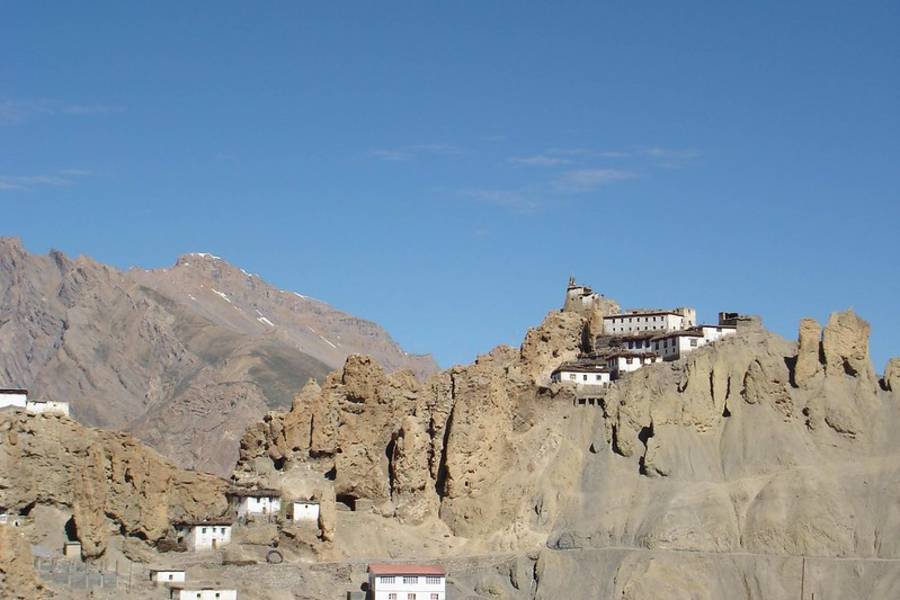
Dhankar was the erstwhile capital of the Spiti King. The monastery lies at a distance of 25 km east of Kaza. The word ‘Dhankar’ means ‘a place in the mountains inaccessible for strangers’. The place has a charm of its own.
8. Sanchi Stupa, Madhya Pradesh
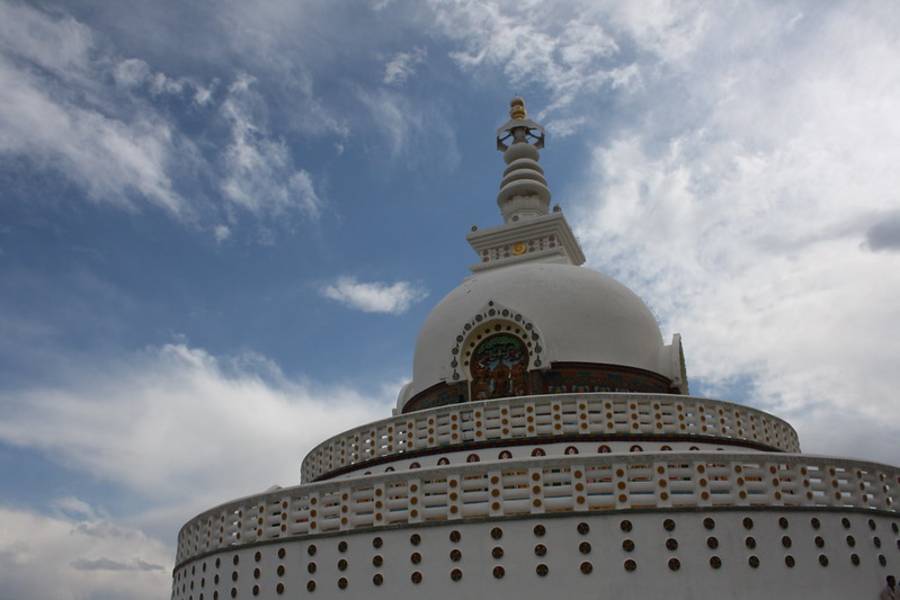
Sanchi has astounding historical and archaeological significance in the history of India. The village of Sanchi lies at a distance of 46 km from Bhopal. Sanchi is a magnificent collection of numerous Stupas built atop a hill. The Buddhist emperor Ashoka erected the first Stupa here. He also built many pillars of which the Ashokan Pillar is the most important.
9. Rumtek Monastery, Sikkim
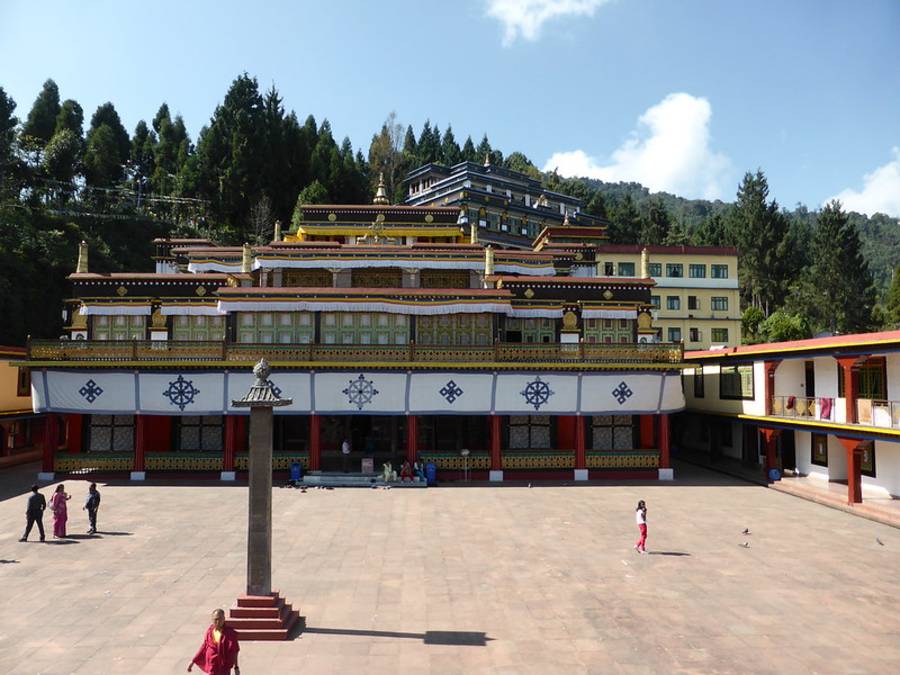
Rumtek Monastery is a very ancient monastery and is the seat of the Karmapa Lama, who leads the Kagyupa Sect of Buddhism. Rumtek is a 24 km drive from Gangtok. The walls of the monastery are wonderfully adorned by Thankas and frescoes.

